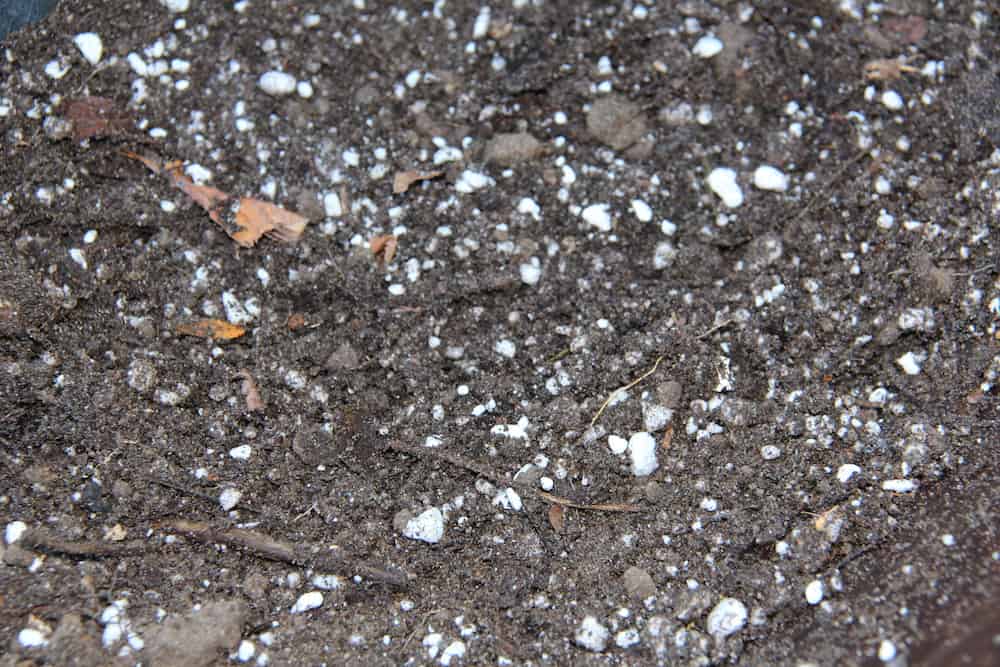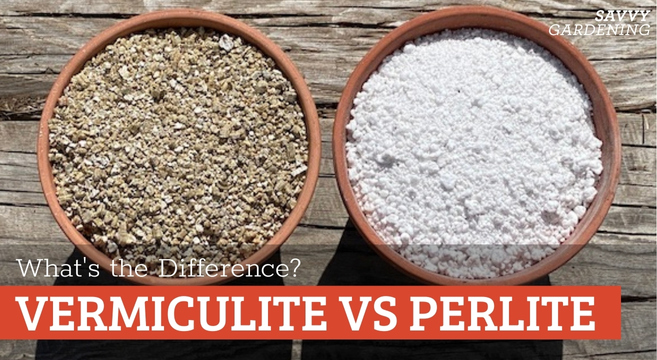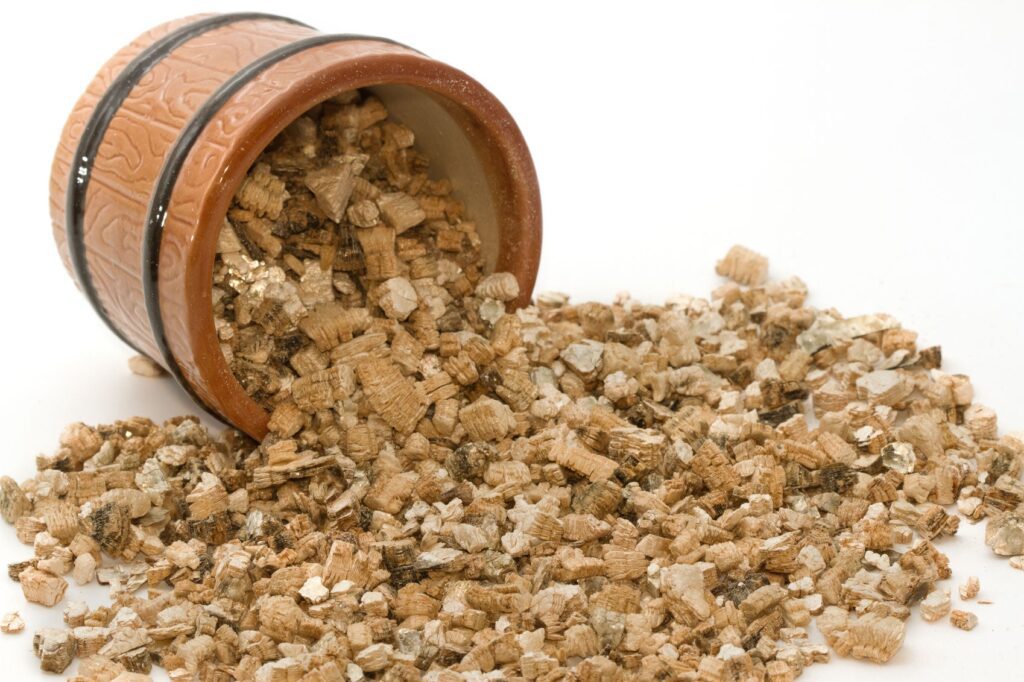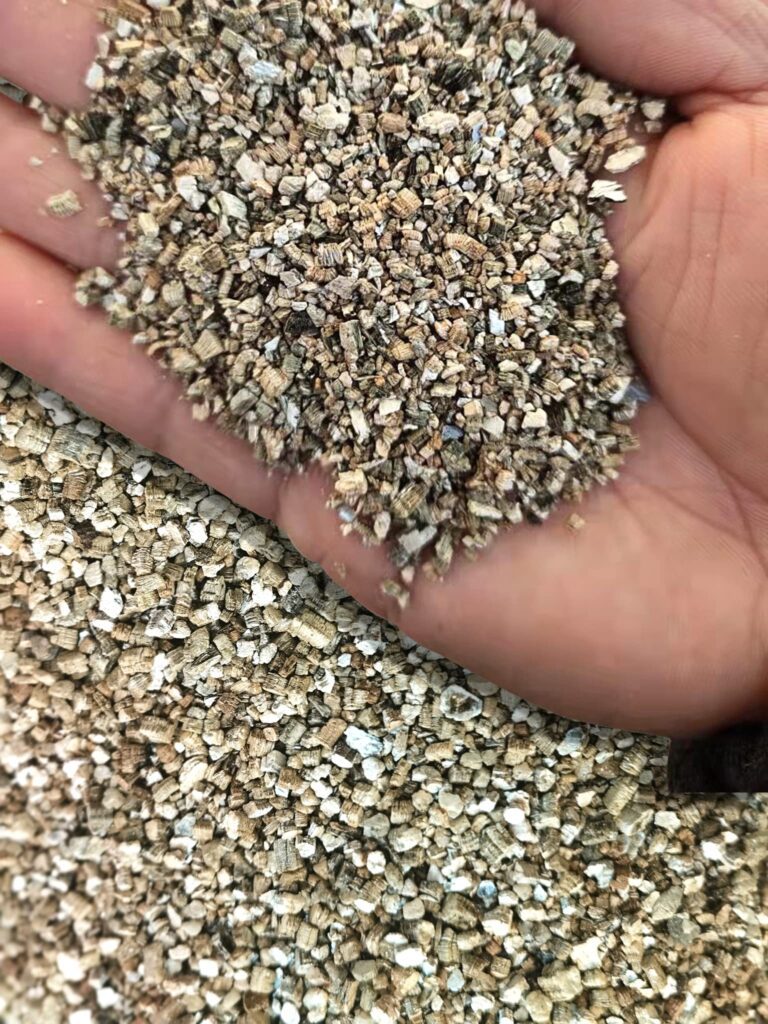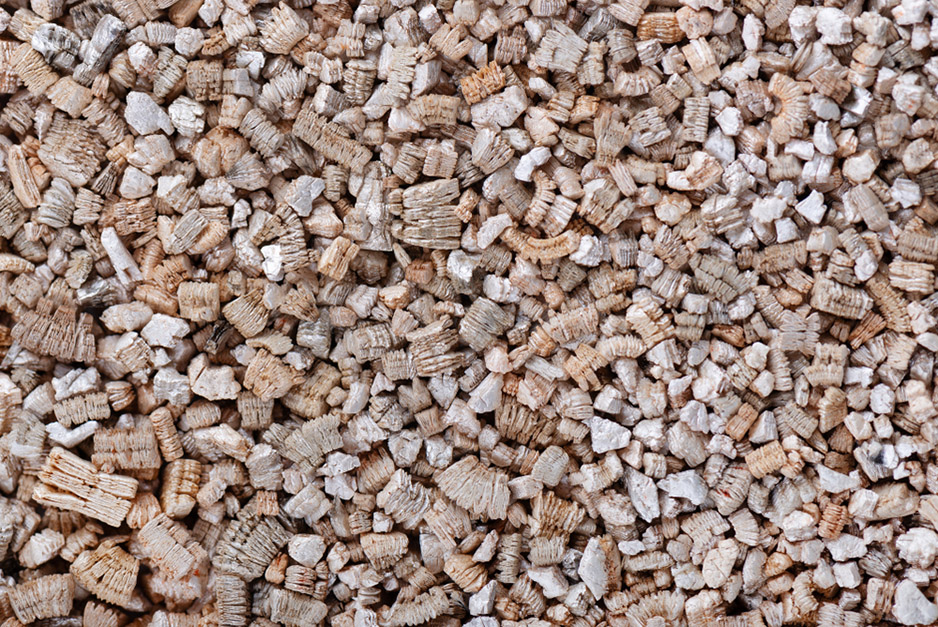Imagine you’re a gardening enthusiast, eagerly inspecting your brand new bag of potting soil vermiculite. As you carefully pour it into your pot, you notice something puzzling – small white specks scattered throughout the soil. What could this be? In this article, we’ll shed light on the mysterious white substance commonly found in potting soil vermiculite. Get ready to uncover the secrets behind this enigmatic additive and how it can benefit your plants.


What is Vermiculite?
Definition
Vermiculite is a naturally occurring mineral that is commonly used in potting soil and gardening. It is derived from the weathering of certain minerals, such as biotite and phlogopite, and is characterized by its flaky and lightweight structure. Vermiculite is often found in a white or golden-brown color, with the white form being the most common and widely used in horticulture.
Formation
Vermiculite is formed through a process known as exfoliation, where the mineral is heated rapidly to a high temperature. This causes the layers within the mineral to expand, resulting in the formation of lightweight, accordion-like flakes. The exfoliation process allows vermiculite to have unique properties that make it beneficial for use in potting soil.
Characteristics
Vermiculite has several distinct characteristics that make it an ideal component in potting soil. Firstly, it is highly absorbent and can retain significant amounts of water, making it valuable for maintaining soil moisture levels. Additionally, vermiculite has excellent insulation properties, helping to regulate soil temperature. Its lightweight nature also contributes to improved soil aeration. Overall, vermiculite is a versatile mineral that offers multiple benefits in gardening and horticulture.
The Role of Vermiculite in Potting Soil
Retains Moisture
One of the primary reasons vermiculite is used in potting soil is its ability to retain moisture. The flakes of vermiculite have a large surface area, which allows them to absorb and hold onto water. This water retention property helps to prevent soil from drying out too quickly, creating a more stable and moisture-rich environment for plants. By retaining moisture, vermiculite ensures that plants have a continuous and accessible water supply, promoting healthy growth and reducing the frequency of watering.
Improves Soil Aeration
In addition to retaining moisture, vermiculite also enhances soil aeration. The lightweight and porous structure of vermiculite allows air to circulate within the soil, preventing it from becoming compacted and enhancing root development. This improved aeration is essential for the health and vitality of plants, as it ensures that the roots receive the oxygen they need for respiration. The presence of vermiculite in potting soil helps create a well-balanced growing environment that reduces the risk of root rot and other soil-related diseases.
Increases Nutrient Availability
Vermiculite plays a crucial role in making essential nutrients available to plants. The high cation exchange capacity (CEC) of vermiculite allows it to attract and retain nutrients in the soil, making them easily accessible to plant roots. This increased nutrient availability promotes healthy plant growth and development. By incorporating vermiculite into potting soil, you create a nutrient-rich medium that helps ensure plants have access to the necessary minerals for their overall well-being.
Understanding the White Stuff in Vermiculite
Identification of the White Stuff
The white stuff often observed in vermiculite is a natural occurrence and is not a cause for concern. It is the hydrated form of vermiculite and is commonly referred to as “exfoliated vermiculite.” This white coloration is the result of the mineral going through the exfoliation process, where it expands and takes on a fluffy appearance. The white stuff in vermiculite is a visual representation of the mineral’s exfoliated state and is an indication of its usefulness in horticulture.
Composition
The white stuff in vermiculite is primarily composed of hydrated magnesium-aluminum-iron silicate minerals. When heated, these minerals expand and become the lightweight flakes that we know as vermiculite. The white color is a result of the physical structure and composition of the mineral. It is important to note that different colors of vermiculite can exist, and the white variety is the most commonly used and widely available.
Function
The white stuff in vermiculite serves several important functions in potting soil. Firstly, it contributes to the overall moisture retention capabilities of vermiculite, helping to keep the soil consistently moist. Additionally, the white stuff aids in improving soil aeration by enhancing the porosity of the growing medium. This allows for better drainage and root development. The white stuff in vermiculite acts as a visual indicator of the mineral’s effectiveness in maintaining soil moisture and promoting healthy plant growth.
Nutritional Aspects of the White Stuff
Presence of Essential Minerals
The white stuff in vermiculite contains essential minerals that are beneficial for plant growth. These minerals, such as potassium, calcium, and magnesium, play important roles in various physiological processes within plants. They are vital for enzyme activity, cell division, photosynthesis, and overall plant health. By incorporating vermiculite into potting soil, you are providing plants with a source of these essential minerals, ensuring they have access to the nutrients they need for optimal growth.
Beneficial for Plant Growth
The white stuff in vermiculite contributes to the overall health and growth of plants. Its moisture retention properties help prevent soil from drying out, creating a more stable and favorable environment for root development. The improved aeration provided by the white stuff promotes the exchange of gases and enhances the availability of oxygen, allowing roots to respire efficiently. The white stuff’s ability to hold onto essential nutrients also ensures that plants receive the necessary minerals for proper growth. Therefore, the white stuff in vermiculite positively influences plant growth and contributes to overall plant vitality.
Potential Risks
While the white stuff in vermiculite offers numerous benefits, it is essential to be aware of potential risks associated with its use. Some vermiculite deposits have been found to contain trace amounts of asbestos, a naturally occurring mineral with known health risks. However, it is important to note that the presence of asbestos in vermiculite is relatively rare and is more commonly associated with specific vermiculite mines. To mitigate any potential risk, it is advisable to source vermiculite from reputable suppliers that test their products for asbestos contamination.


Effects of the White Stuff on Potting Soil
Water Retention
The white stuff in vermiculite plays a significant role in water retention within potting soil. Its ability to absorb and hold onto water helps maintain soil moisture levels, preventing plants from drying out. This water retention characteristic is particularly beneficial in areas with hot and arid climates or for plants that require consistent moisture. The white stuff’s contribution to water retention ensures a more stable growing environment and reduces the need for frequent watering.
Soil Drainage
While the white stuff helps retain moisture, it also contributes to improved soil drainage. The structure of vermiculite allows excess water to drain through the soil, preventing waterlogged conditions that can lead to root rot and other water-related issues. This drainage capability is crucial for maintaining the proper balance of air and water in the root zone, promoting healthy root growth. The presence of the white stuff in vermiculite aids in creating a well-drained growing medium that supports thriving plants.
Root Development
The white stuff in vermiculite encourages robust root development by providing an optimal growing environment. Its ability to retain moisture ensures that roots have access to a constant water supply, which is essential for their growth and nutrient uptake. The improved soil aeration resulting from the white stuff enhances the availability of oxygen to the roots, supporting their respiration and overall health. These favorable conditions promote the development of a robust and extensive root system, which is vital for plant establishment and nutrient absorption.
Pros and Cons of the White Stuff in Potting Soil
Advantages
- Excellent moisture retention capabilities
- Improves soil aeration and drainage
- Enhances nutrient availability to plants
- Promotes healthy root development
- Lightweight and easy to work with
- Can be reused in potting soil
Disadvantages
- Rare potential of asbestos contamination
- May be more expensive compared to other soil amendments
- Requires proper sourcing from reputable suppliers


Common Questions about the White Stuff in Vermiculite
Is it Harmful to Plants?
No, the white stuff in vermiculite is not harmful to plants. On the contrary, it provides numerous benefits that promote plant growth, such as moisture retention, improved soil aeration, and nutrient availability. As long as the vermiculite used is free from contaminants and sourced from a reputable supplier, it can be safely incorporated into potting soil without causing harm to plants.
Can it be Used for All Plants?
Vermiculite, including the white stuff, is suitable for a wide range of plants. Its ability to retain moisture and improve soil aeration makes it valuable for both moisture-loving and drought-tolerant plants. However, it is important to consider the specific needs of individual plants and adjust the vermiculite content accordingly. Some plants may thrive with a higher percentage of vermiculite in the potting soil, while others may require less or none at all. It is always recommended to research the specific requirements of the plants you are growing and adjust the soil composition accordingly.
How Much Should be Added to Potting Soil?
The amount of vermiculite to add to potting soil depends on various factors, such as plant species, climate, and watering habits. As a general guideline, a ratio of 1:1 vermiculite to soil is commonly used for potting soil mixtures. However, this ratio can be adjusted based on the specific needs of the plants. It is advisable to start with a lower percentage of vermiculite and gradually increase it as needed, observing how the plants respond to the soil composition.
Can it be Reused?
Yes, vermiculite can be reused in potting soil. After the plants have been harvested or removed from the soil, the vermiculite can be collected, cleaned, and sterilized before being used again. Reusing vermiculite not only helps reduce waste but also allows you to maintain the beneficial properties it provides to the soil. However, it is important to ensure that the vermiculite is free from any disease or contamination before reusing it.
Alternative Soil Amendments
While vermiculite is a popular and effective soil amendment, there are alternative options available. Some common alternatives include perlite, coconut coir, compost, and peat moss. These amendments offer similar benefits in terms of moisture retention, improved soil aeration, and nutrient availability. The choice of soil amendment depends on factors such as availability, cost, and specific requirements of the plants being grown.
Choosing the Right Vermiculite for Potting Soil
Particle Size
Vermiculite comes in different particle sizes, ranging from fine to coarse. The particle size determines the overall texture of the vermiculite and how it interacts with the soil. Fine-grade vermiculite is suitable for seed starting and young plants, as it provides a smoother and more refined texture. Coarse-grade vermiculite, on the other hand, is ideal for larger plants and containers, as it offers better aeration and drainage properties. The choice of particle size depends on the specific needs of the plants and the desired soil structure.
Grade
Vermiculite is available in various grades based on the quality and purity of the mineral. The grade of vermiculite can influence its performance in potting soil. Higher-grade vermiculite is generally cleaner and free from impurities, ensuring better overall performance. When choosing vermiculite for potting soil, it is advisable to select a high-grade variety that has been tested for quality and purity.
Quality
Quality is an important factor when selecting vermiculite for potting soil. High-quality vermiculite is free from contaminants and has consistent particle size and texture. It is advisable to source vermiculite from reputable suppliers that adhere to quality control standards and provide vermiculite that is free from any potential health risks or impurities. Investing in high-quality vermiculite ensures that you are using a reliable product that will deliver the desired benefits for your plants.


How to Use Vermiculite in Potting Soil
Preparation
Before incorporating vermiculite into potting soil, it is important to prepare the vermiculite properly. Start by moistening the vermiculite with water to improve its ability to absorb and retain moisture in the soil. Excess water should be drained off, and the vermiculite should be allowed to air-dry before use. This step ensures that the vermiculite is ready to perform optimally in the potting soil.
Mixing Ratios
When adding vermiculite to potting soil, it is recommended to use a ratio of 1:1 vermiculite to soil. This balanced ratio provides an optimal balance of moisture retention, aeration, and nutrient availability. However, this ratio can be adjusted based on the specific needs of the plants and the desired characteristics of the soil. Experiment with different mixing ratios to find the balance that works best for your plants.
Application Techniques
To incorporate vermiculite into potting soil, start by adding the desired amount of soil to a container or planting area. Sprinkle the vermiculite evenly over the soil and mix thoroughly to ensure even distribution. If transplanting or repotting plants, create a layer of vermiculite at the bottom of the new container before adding the soil. This promotes better drainage and moisture retention around the roots. After mixing the vermiculite with the soil, proceed with planting as usual, ensuring proper watering and maintenance.
Conclusion
The white stuff in vermiculite is an essential component of potting soil that offers numerous benefits for plant growth. Its ability to retain moisture, improve soil aeration, and increase nutrient availability makes it a valuable addition to any gardening or horticultural project. While there may be potential risks associated with vermiculite, sourcing from reputable suppliers and ensuring quality control measures can mitigate these concerns. By understanding the role of vermiculite and how to incorporate it into potting soil effectively, you can create an optimal growing environment for your plants and enjoy the benefits of healthy and thriving greenery.



